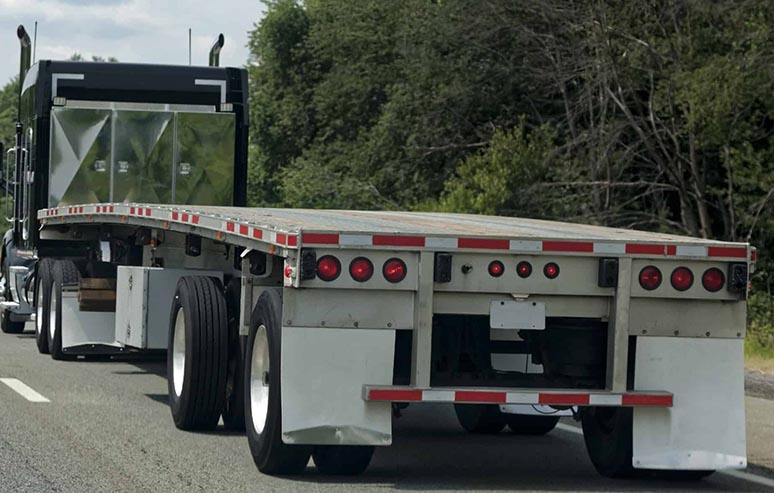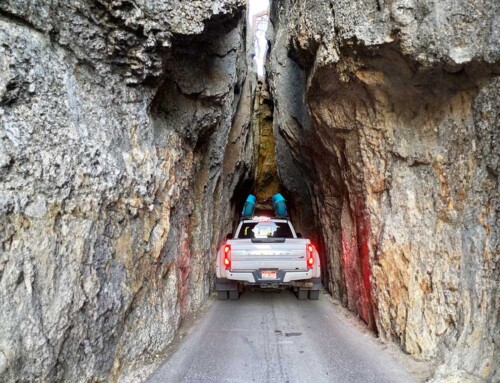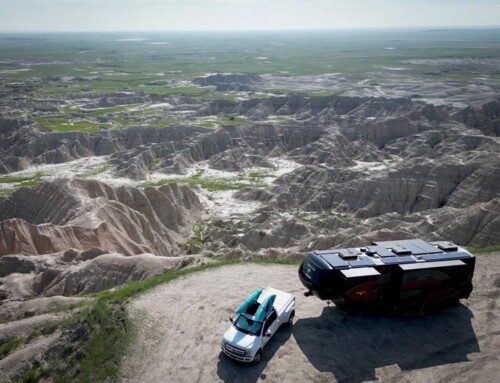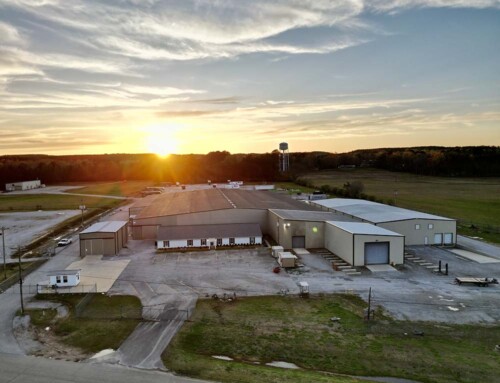Prior to owning a RV and having a frame issue when I heard the word “Camber” I thought of the angle of the tires on my vehicle. We have recently learned and experienced an issue that occurs on RVs where the frame can have a camber issue which although is correctable can be impactful if not corrected.
How We Discovered Our Issue
The camber issue is often referred to as the “big slide” issue and as we have learned most often only is noticed or demonstrates itself on the curbside slide however isn’t a hard and fast rule. We first noticed that we had a slide adjustment issue as it appeared our slide was not sitting in the slot correctly. I went to adjust the slide however quickly noticed that I wouldn’t be able to compensate for what needed to be done. You can adjust the slide left / right or up / down however you cannot adjust the slide for the angle in the slot. The slide being angled in the box as I under stood it at that time could only mean that the box was built incorrectly or the slot was cut wrong.
Along with the slide not fitting square in the slot we also noticed that our paint lines were no longer matching up. We were later contacted by another owner and he gave us a few indications to look for as he had experienced a camber issue in the past. He is able to recognize a camber issue walking past a unit with the slides out not just from the angle of the box but with the uneven wear / transfer of the rubber seals onto the slide box themselves. In looking at our unit we had all of the symptoms.
Symptoms:
- Slide box not sitting square in the slot
- Transfer of rubber seals marking only half of the slide box
- Paint lines not matching up
- Slide skis breaking due to slide box shift
- Markings on floor
Any of these issues alone are not indications of a camber issue but when all together start to lean toward the issue. Most of these symptoms can occur due to other reasons however numbers 1 & 2 are strong indicators and a string test should be performed (later on this).
What Is Frame Camber
An easy way to see frame camber is by looking at a flatbed semi trailer that is empty going down the road. You can see that there is an arch in the trailer. When the trailer is loaded this arch flattens out with the weight of the load. That curvature in the bed of trailer is referred to camber.
This is where an RV frame differs however, a RV frame is manufactured with a significantly less noticeable arch in it and in fact is opposite. When looking at a RV frame prior to having the “house” built on it there is not a significant arch as seen in a flatbed semi trailer. In addition the bigger difference is a RV frame is the shape of a smiley face. When the house is built on the frame it may lose some of that “smiley” face but that is all between the engineers for the frame and RV manufacturer.
How to Verify A Camber Issue
The symptoms mentioned earlier might all add up to a camber issue but there is only one way to know for sure and that is with a string test. Lippert used to publish the instructions for a string test to dealers and online to customers however I was told to mis-use and misunderstanding on how to perform the tests they removed the document. The document was “Frame Camber Measurement Procedure” and was referenced as Lippert’s document “0104”. While we were at our manufacturer for service they used this document to guide them with our initial string test.
This document simply is a worksheet that guides you through taking five (5) pinpointed measurements on each side of the frame using hangers from the bottom flange of the I-beam and measuring the distance between the bottom of the I-beam and the string that is pulled tight. These measurements show the possible changes in the frame and help detect deflection. We had three string test completed on our unit prior to the camber adjustment.
Lippert’s Standard Correction Method
Lippert has a standard procedure to correct camber issues. They take two 12′ 2 x 2 steel tubes and add new hangers for the suspension. They then heat camber into those tubes heating them at certain points to add the camber or curvature needed. When looking at these tubes prior to going onto a unit you can clearly see the camber in the tubes.
They then place the RV on four jacks at the furthest corners and remove the tires and portions of the underbelly for fire protection. They will then remove all of the suspension and hangers from the RV and replace with the new tubes and put everything back together.
How They fixed Ours
Due to our unit having MORryde Independent Suspension Lippert was unable to complete the repair as defined by practice. In our case they instead placed our unit on jacks placed at the furthest corners of the rig allowing it to suspend in the air. Two technicians then heated our frame using a weld on either side at the same time to “heat the frame” and cause the I-beam to relax. This was performed toward the center of my frame at the point of my door just past the suspension. What this did was bring the camber back into the I-beam as the frame relaxed on those four jacks.
They then ran a string test to confirm that our frame was within spec. Once confirmed they primer and painted the treated areas, re-secured the underbelly and foamed up any compromised openings. They then re-adjusted our curb side slide to make sure it was evenly spaced within the openings.
Important Notes
We came to Goshen, Indiana to Lippert’s shop for our assessment and repair. It is important to note that Lippert has traveling repair technicians that will come to a service center near you or even your home to make the repair. Most RVs sold on the market today come with a 3 year structural warranty which includes the frame so this type of effort would be covered under warranty. If you are past that period then you would be responsible for the effort.
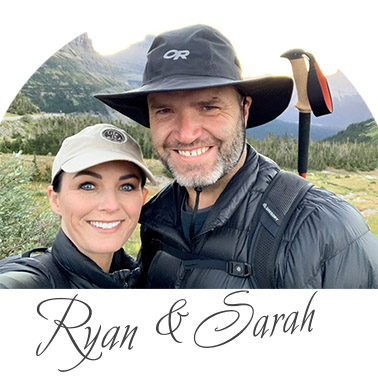
We started our RV journey in 2019 and have traveled over 50k miles between our three fifth wheels. 2021 brought a new set of experiences for us selling our home and going full time in our Beacon and has been a bumpy road.
We are blessed to have each other and the support of our family and friends as we continue our journeys.
Search for more:
![]()

